The value chain of agricultural and rural tourism in Quang Nam has not yet been clearly defined, despite being explored quite early. Meanwhile, the potential for rural tourism development in localities is huge. What to do to position the brand, take advantage of landscape, culture as well as policy incentives is the question in the context of rural tourism being the foundation for promoting sustainable new rural development...
RURAL TOURISM PICTURE OF QUANG NAM
There was a period of strong development, but now, rural tourism in Quang Nam is stagnating due to lack of unique products.
Longing for "new wind".
There are many types of rural tourism, in Vietnam it can be classified into 3 basic types: community tourism, agricultural tourism and eco-tourism. Quang Nam rural tourism has been growing quite early, some destinations have or have spread their brands internationally. These include Tra Que vegetable village, Cam Thanh coconut forest (Hoi An city); Triem Tay community tourism village (Dien Ban town); Tam Thanh community art village (Tam Ky city); Co Tu community-based tourism village (Nam Giang); old brick kiln farm (Duy Xuyen)...
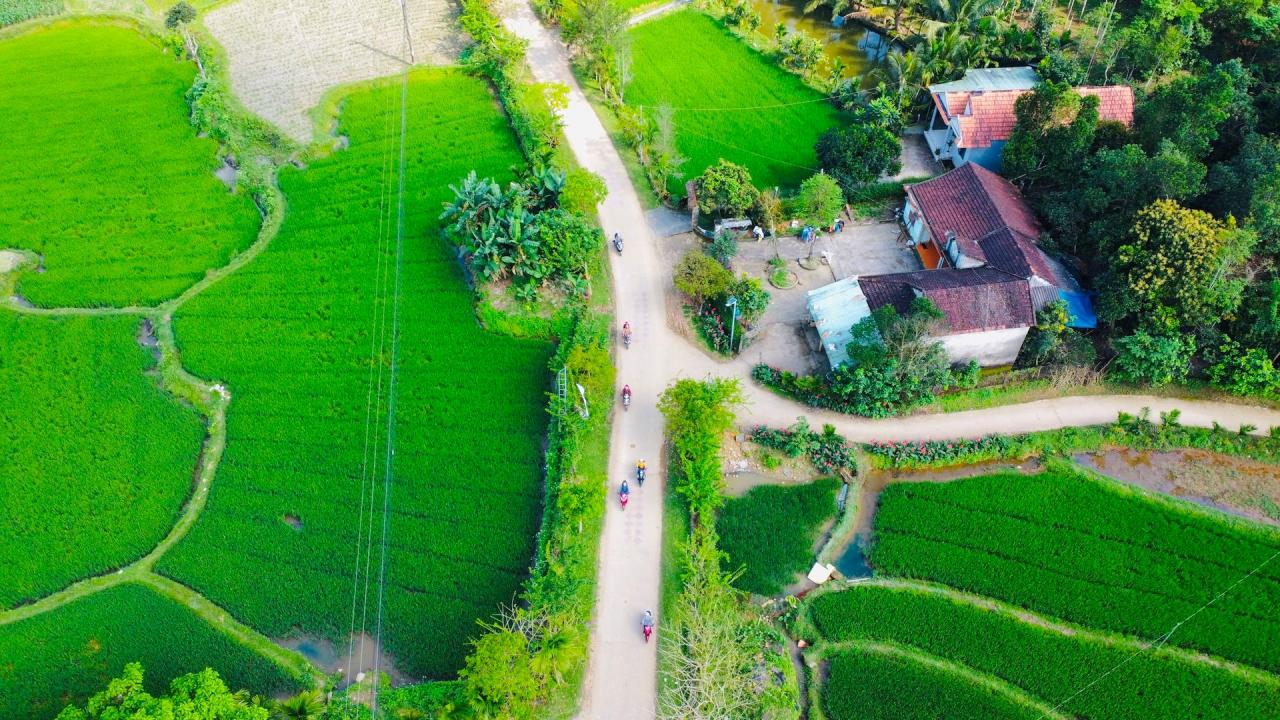
Associate Professor Dr. Pham Trung Luong - former Deputy Director of the Institute for Tourism Development Research, Vice President of the Vietnam Tourism Training Association said that Quang Nam has had unique initiatives and rural tourism models to attract tourists, especially in Hoi An, since very early on.
“In addition to the outstanding global heritage values, many of Quang Nam’s rural values, which seem very ordinary, are of interest to tourist markets, especially international tourists. Hoi An in particular and Quang Nam in general have been pioneers in effectively bringing the simple rural values into tourism products. But we have not been able to maintain them due to destination saturation,” Mr. Pham Trung Luong shared.
Reviewing the rural tourism resource system of Quang Nam, in addition to the destinations that have become brands, there are still many areas with unique identities that need to be properly exploited to create a "new breeze". These are the ancient village of Loc Yen (Tien Phuoc), the scenic spot of Hon Kem - Da Dung (Hiep Duc - Nong Son), the grey-shanked douc langur population at the eco-tourism site of Tam My Tay (Nui Thanh), the cloud hunting area of Tak Po (Nam Tra My)... but over time, these places are still struggling to establish attractive tours to attract tourists.
Mainly still "swimming on my own"
Nam Tra My is a locality that owns 32 out of 128 recognized rural tourism spots/areas/villages in the province. However, the rural tourism brand of this locality is still quite unfamiliar on the tourism map.
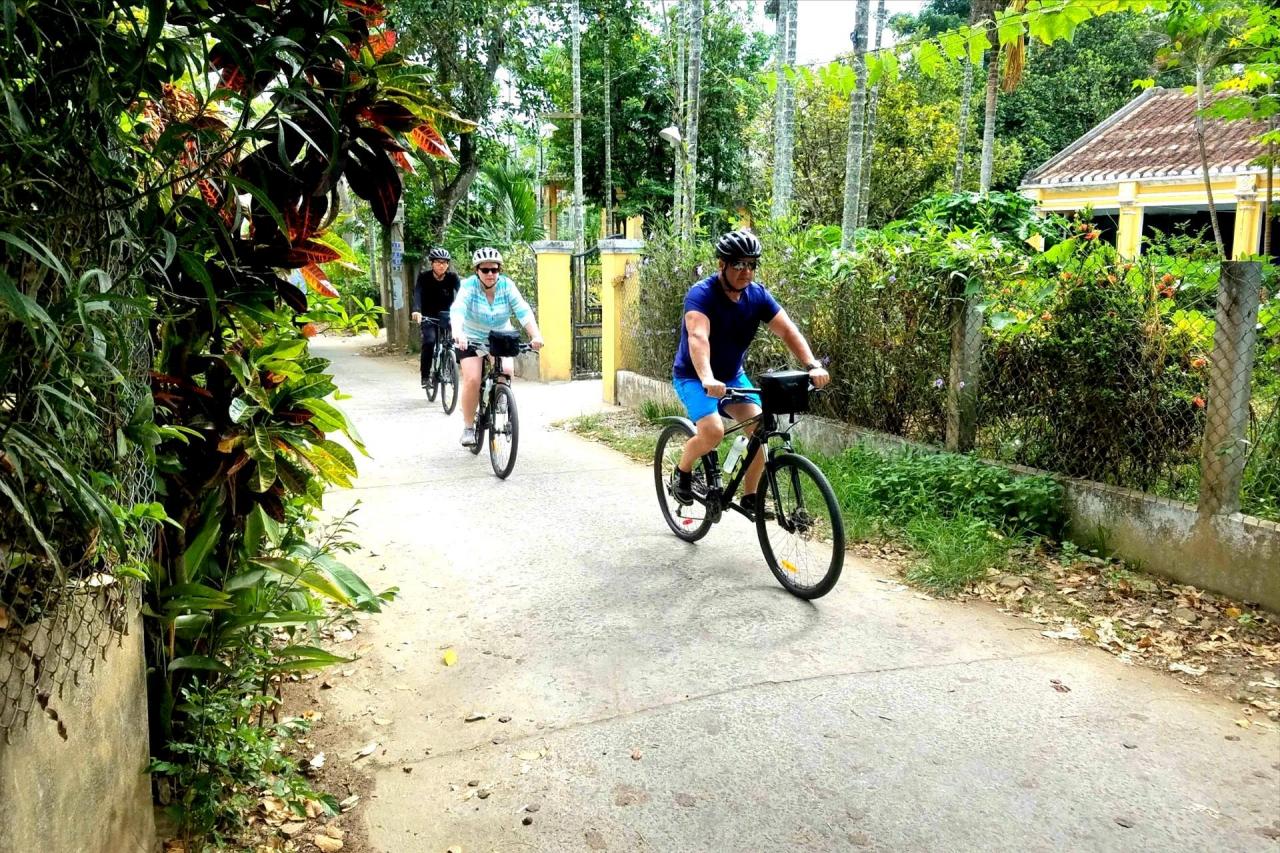
The number of visitors to Nam Tra My is mostly concentrated during the ginseng festival and combined with visiting destinations such as Tak Ngo ginseng garden, Tak Po cloud hunting spot, ancient cinnamon garden, giant bamboo garden... other times of the year are very sparse.
Mr. Nguyen The Phuoc - Vice Chairman of Nam Tra My District People's Committee said: "Nam Tra My has everything in terms of tourism potential, if the traffic is convenient, Nam Tra My rural tourism will certainly develop very well. Unfortunately, the district's resources are limited. In addition, investment capital for destination infrastructure is also an important issue. The province needs to consider a support mechanism to promote rural tourism in Nam Tra My in particular and mountainous areas in general to encourage individuals and organizations to have more motivation to engage in tourism".
Meanwhile, a representative of Dai Binh eco-tourism village (Nong Son) said that recently, this destination has benefited a lot when the District People's Committee has a project to support tourism development in the village. For example, each household that registers to build a homestay will receive 30 million VND in support (to date, the village has 4 standard homestays). The village's concern is that when the district is merged (early 2025), will the support policies to promote rural tourism in the village still be maintained, while the destination development process is still unfinished?
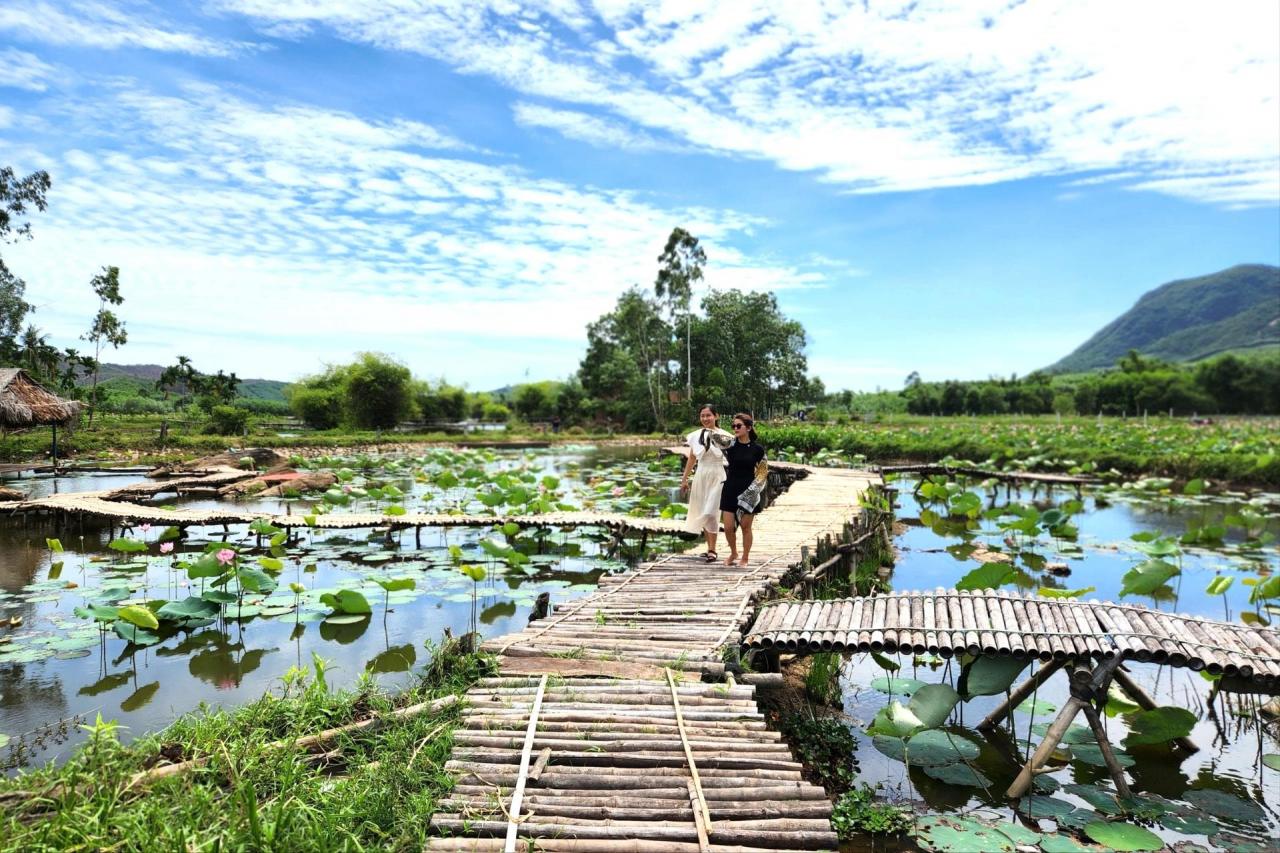
In general, rural tourism destinations are currently still mostly "swimming on their own" due to lack of investment resources. Although identified as a type of tourism with great potential, the State's support policies for community tourism development are still limited. At the provincial level, Mr. Nguyen Thanh Hong - Director of the Department of Culture, Sports and Tourism said that currently, rural tourism in Quang Nam no longer has any support policies from the resolution of the Provincial People's Council. Therefore, the tourism industry will develop a Project to support the development of community tourism and rural tourism in 2025 to support rural tourism.
Need to support the "spearhead"
The recently issued plan for tourism product development in Quang Nam province to 2030 shows that Quang Nam strives to become the leading destination in the region for resort tourism, agricultural tourism, and community tourism. Agricultural and rural tourism are included in the main tourism product group along with sea tourism.
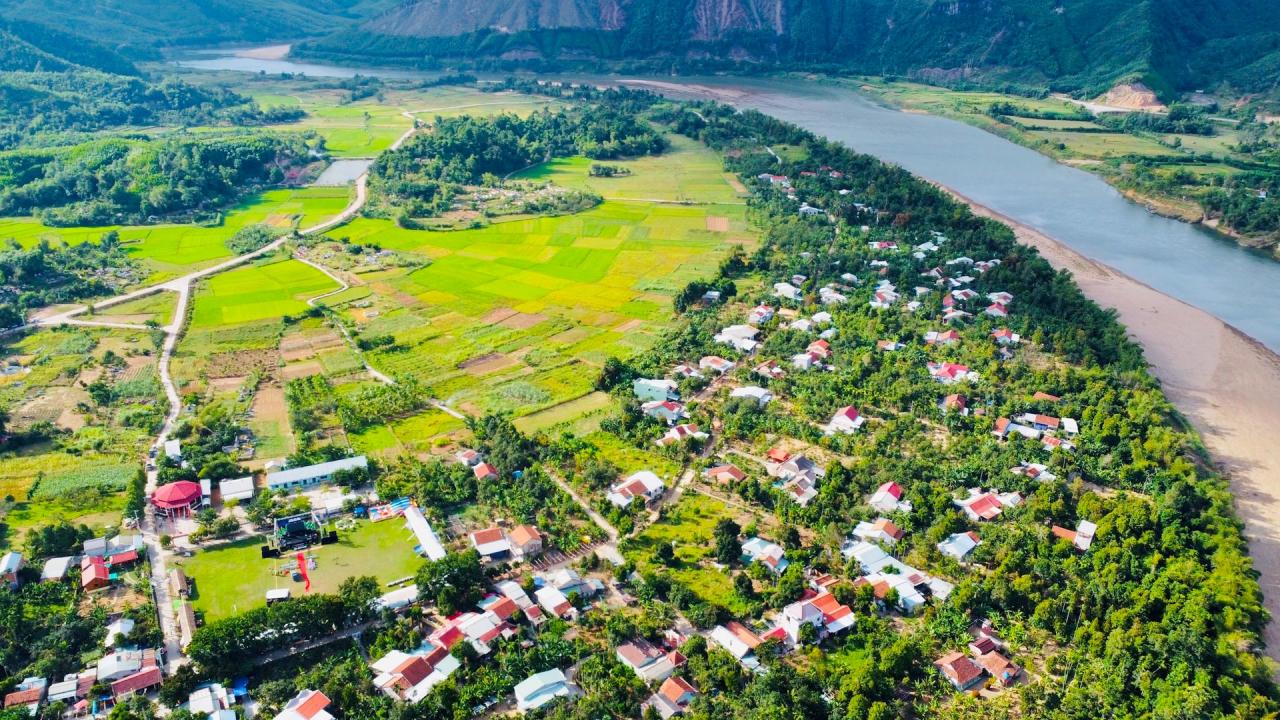
Mr. Pham Vu Dung - Director of Hoa Hong Tourism Service Company Limited said that rural tourism development is always associated with infrastructure, especially transportation and parking. In addition, rural tourism, especially agricultural tourism, is often affected by land factors. If there is a clear legal corridor for this issue soon, rural tourism in Quang Nam will certainly have many improvements.
Mr. Nguyen Thanh Hong said that Quang Nam will continue to implement relevant support policies to promote rural tourism development, integrate investment, complete tourism development infrastructure, and train agricultural production labor resources in combination with tourism. The Department will also strengthen direction, management, and guidance to avoid duplication, monotony in products, or over-exploitation of available natural resources. At the same time, Quang Nam will seek support from international organizations to contribute to promoting rural tourism development.
According to the Department of Culture, Sports and Tourism, Quang Nam currently has 128 rural tourism spots/areas/villages. It is estimated that more than 30% of tourists coming to Quang Nam experience agricultural and rural tourism products. Localities with many rural tourism spots/areas/villages include: Nam Tra My (32), Dong Giang (17), Dai Loc (10), Hoi An City (9), Bac Tra My (9)...
Resources from international organizations in recent years have really provided significant support for rural tourism in Quang Nam to adapt to the post-COVID-19 tourism trend. These include the support of the project "Swiss Tourism for Sustainable Development in Vietnam" (ST4SD) for Tra Que vegetable village (Hoi An city); support from the Global Environment Facility (GEF) funded through UNDP for Cam Thanh, Cam Kim (Hoi An city); support from UN-Habitat for the economic development strategy of community art tourism in Tam Thanh (Tam Ky city)...
TO INTEGRATE RURAL DESTINATIONS INTO THE TOURISM ORBIT
The system of natural and cultural resources in rural areas of Quang Nam is quite well preserved but unfortunately has not been integrated much into the tourism development orbit.
The low note of the craft village
Craft villages are an important entity to promote rural tourism. According to the Department of Culture, Sports and Tourism, about 15% of the total number of tourists to Quang Nam visit and experience craft villages. Currently, about 10/30 craft villages and traditional craft villages are developing in association with tourism. Most of the craft villages that attract visitors are concentrated in the vicinity of Hoi An ancient town, while the remaining craft villages far from the tourist center of the province are almost deserted.
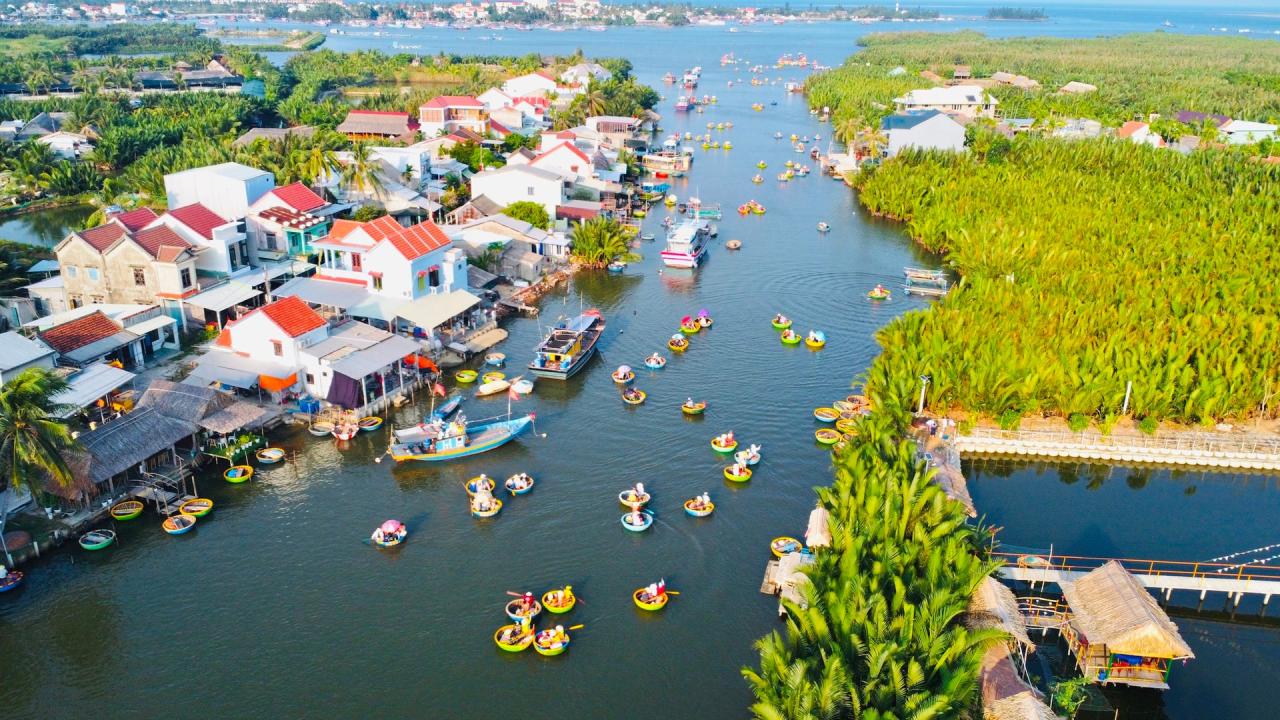
The Department of Culture, Sports and Tourism also acknowledged that many craft villages are in the development orientation associated with tourism development but are small in scale, with monotonous product designs, and have not yet attracted tourists, such as: Phuoc Kieu bronze casting village (Dien Ban town), Ma Chau silk craft village (Duy Xuyen), Thach Tan sedge mat weaving village (Tam Ky city), Van Ha carpentry village (Phu Ninh)...
Thanks to its favorable geographical location, a few traditional craft villages in Hoi An "survive" partly thanks to tourism. The revenue from production and business activities in Hoi An craft villages is also quite good: Thanh Ha pottery village averages 6 billion VND/year; Cam Thanh bamboo and coconut craft earns 12 billion VND/year; Cam Ha kumquat growing craft earns more than 30 billion VND/year...
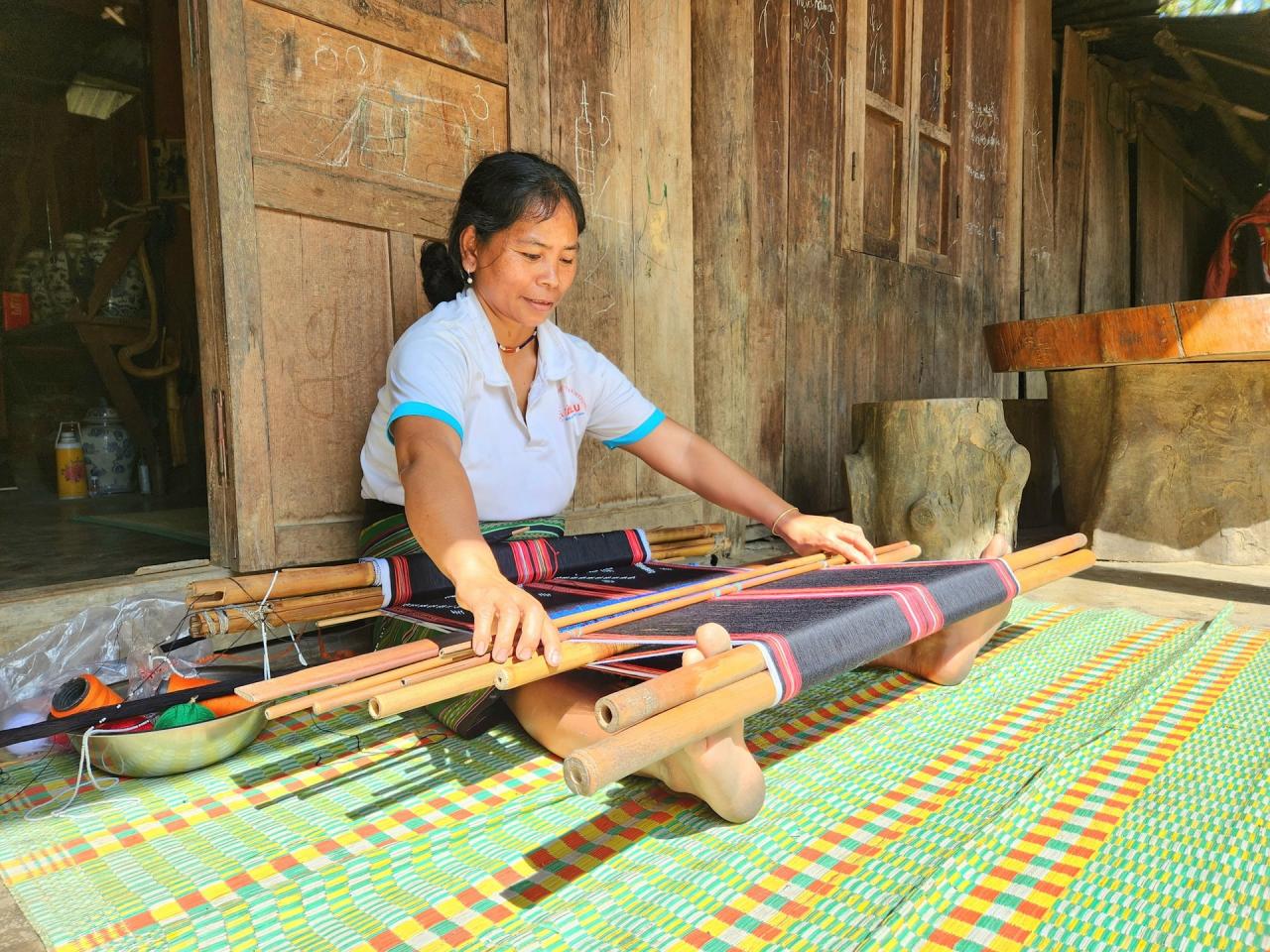
“To develop tourism in craft villages, there must be typical products of the craft villages, ensuring quality, accepted and favored by tourists. In fact, in recent times, craft village products have many typical elements, promoting advantages in terms of cultural conditions, knowledge, and local identity, which is a great opportunity to develop craft village products associated with tourism,” said Mr. Dinh Hung - Head of the Economic Department of Hoi An City.
Ms. Tran Thi Thu Oanh - representative of the International Development and Relief Organization (FIDR) said that it is necessary to encourage people in craft villages to participate in initiative groups because income from tourism is not the main source. It is necessary to diversify livelihoods from developing local specialties, souvenirs, etc. It is necessary to maximize the strengths of craft villages and community tourism villages and encourage support among communities. At the same time, creating common development goals for the community to work together to develop sustainable tourism associated with promoting livelihoods for people.
Waiting for common voice with travel agencies
As an active companion to promote livelihood improvement for the mountainous people of Quang Nam through tourism activities, Ms. Tran Thi Thu Oanh said that up to now, FIDR has supported the development of 9 rural tourism spots in the province in mountainous districts.
Tourist destinations will establish tours with their own characteristics such as: "Co Tu cultural tour in Nam Giang", "1-day farming tour in Dong Giang", "Ca Dong cultural tourism, Muong culture in Bac Tra My"... Through the support of FIDR, the tourism development mechanism at the destinations has been completed and these destinations can start introducing and selling products to travel companies.
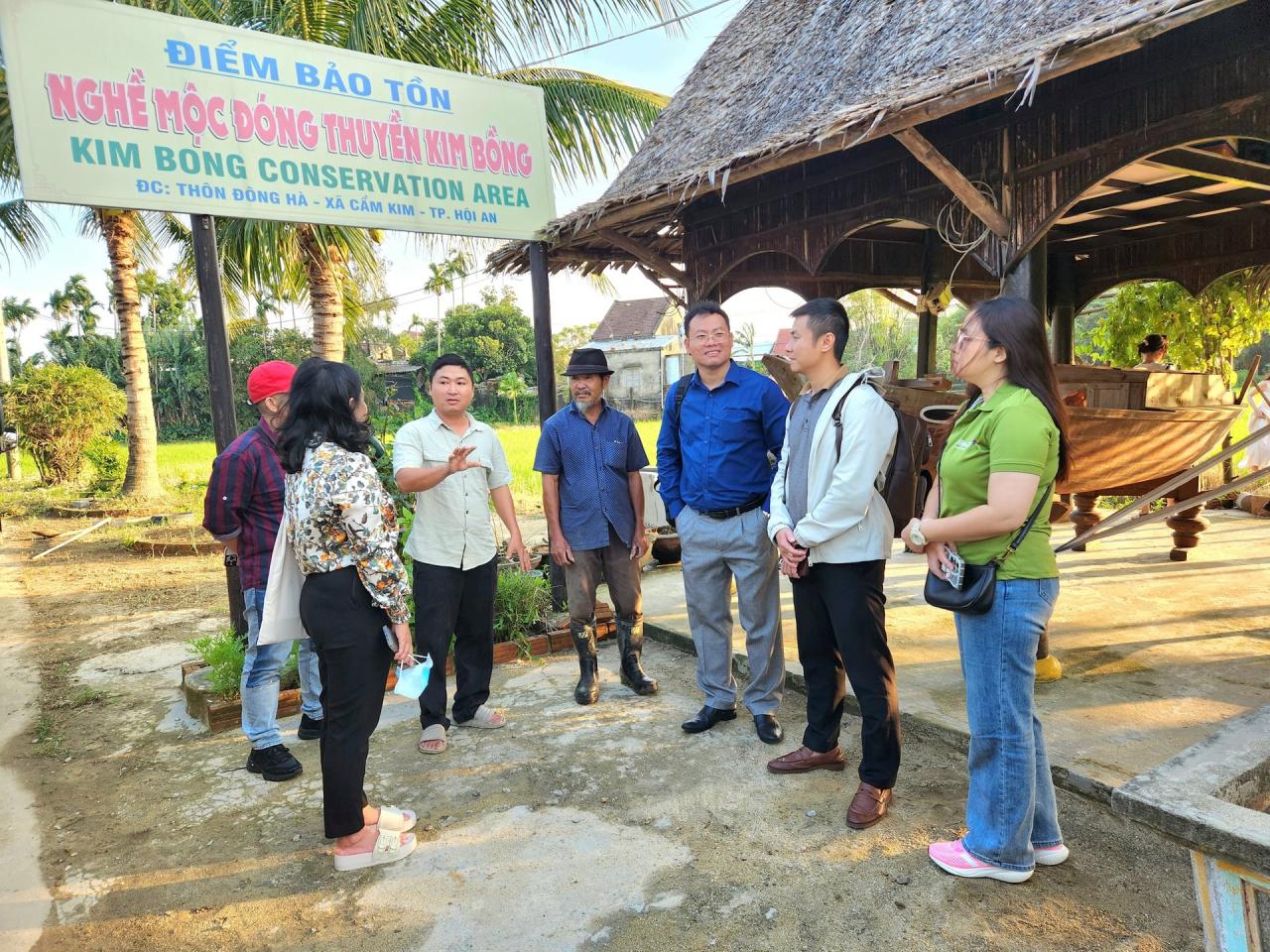
The “vitality” of rural tourism destinations depends largely on the connection with travel agencies. Ms. Nguyen Thi Thu Huyen - National Coordinator of the Small Grants Program of the Global Environment Facility (UNDP) said that if the community alone is never qualified to work with stakeholders in the issue of rural tourism development.
Normally, when a tourism product is about 80% complete, then tourism businesses will be interested and start exploiting it. But to go from 0 to 80% is very difficult, all parties are confused, so it is necessary to have the companionship of travel businesses right at the time of establishment so that the viability of the tourism product can be raised.
Ms. Pham Que Anh - Director of Hoi An Express Tourism Service Trading Company Limited said that many rural tourism destinations want to put their products into economic exploitation and have a regular source of income, but they need to review whether they are really ready. Specifically, there must be a focal point to receive services from travel agencies and have a coordination plan when the number of visitors increases, for example, the cooperative model in Zara village (Nam Giang). Normally, if they want to have visitors right away, destinations must first build products for day tours before thinking further.
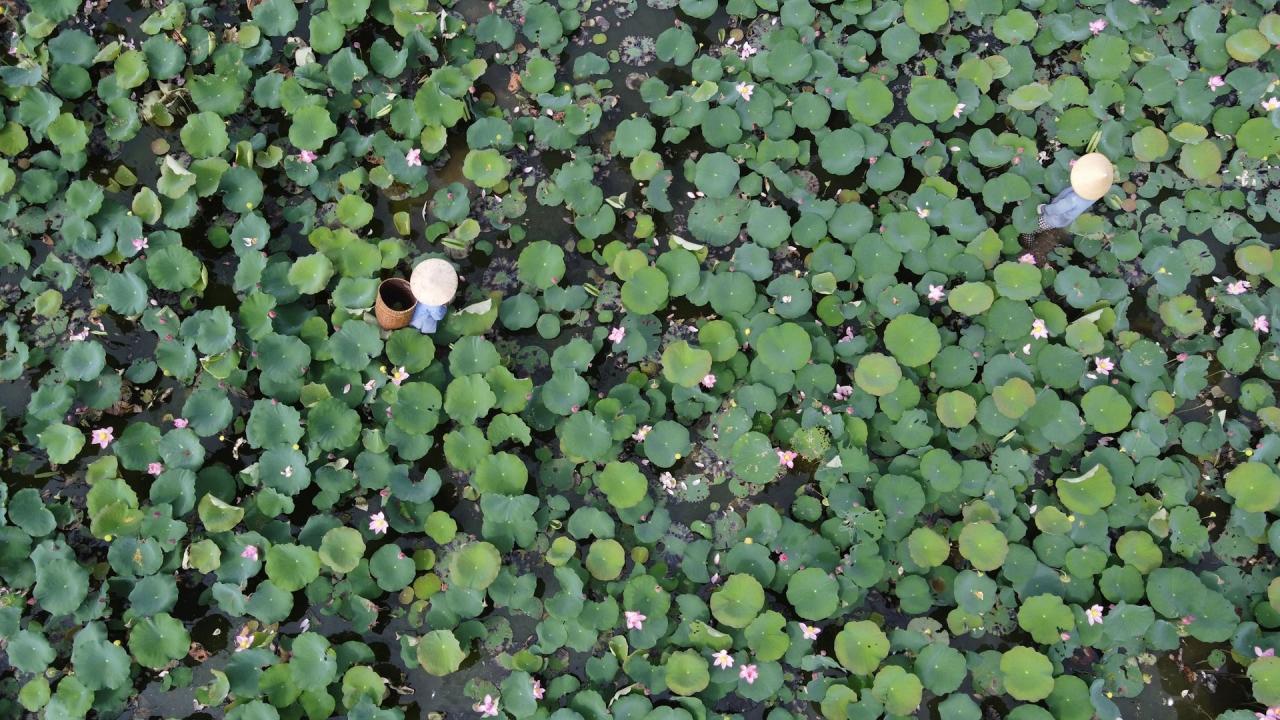
Regarding the domestic market, Mr. Le Trung Hai Nam - representative of Vietravel Da Nang branch commented that Vietnamese tourists tend to prefer "instant noodle" destinations. Therefore, the important thing in rural tourist destinations in Quang Nam is to have easy access to the destination and the destination has highlights that touch the emotions of tourists.
“Craft villages in Quang Nam have not yet built in-depth experiences for tourists, but mainly stop at restoration. In addition, the connection between destinations is still very fragmented while with the materials of some destinations, it is completely possible to build unique, seamless story chains, for example, experiencing the "five elements" route of Metal - Wood - Water - Fire - Earth, which will be very attractive," said Mr. Hai Nam.
TOURISM ASSOCIATED WITH NEW RURAL AREAS
Developing rural tourism is one of the key solutions and tasks of the National Target Program on New Rural Development for the 2021-2025 period. Integrating resources for new rural development to stimulate the strong development of agricultural and rural tourism is a requirement.
Integrating resources for new rural construction
Launched in July 2014, Triem Tay Community Tourism Village (Dien Ban) became the first rural tourism model of the province to effectively utilize investment resources by "attracting" nearly 10 units and departments of the town to participate in building road infrastructure, anti-erosion embankments, etc. More than half of the investment capital was mobilized and transferred from sources for new rural construction; vocational training, job development, etc. This is considered a good and pioneering way of Dien Ban in developing rural tourism models that other localities can refer to.
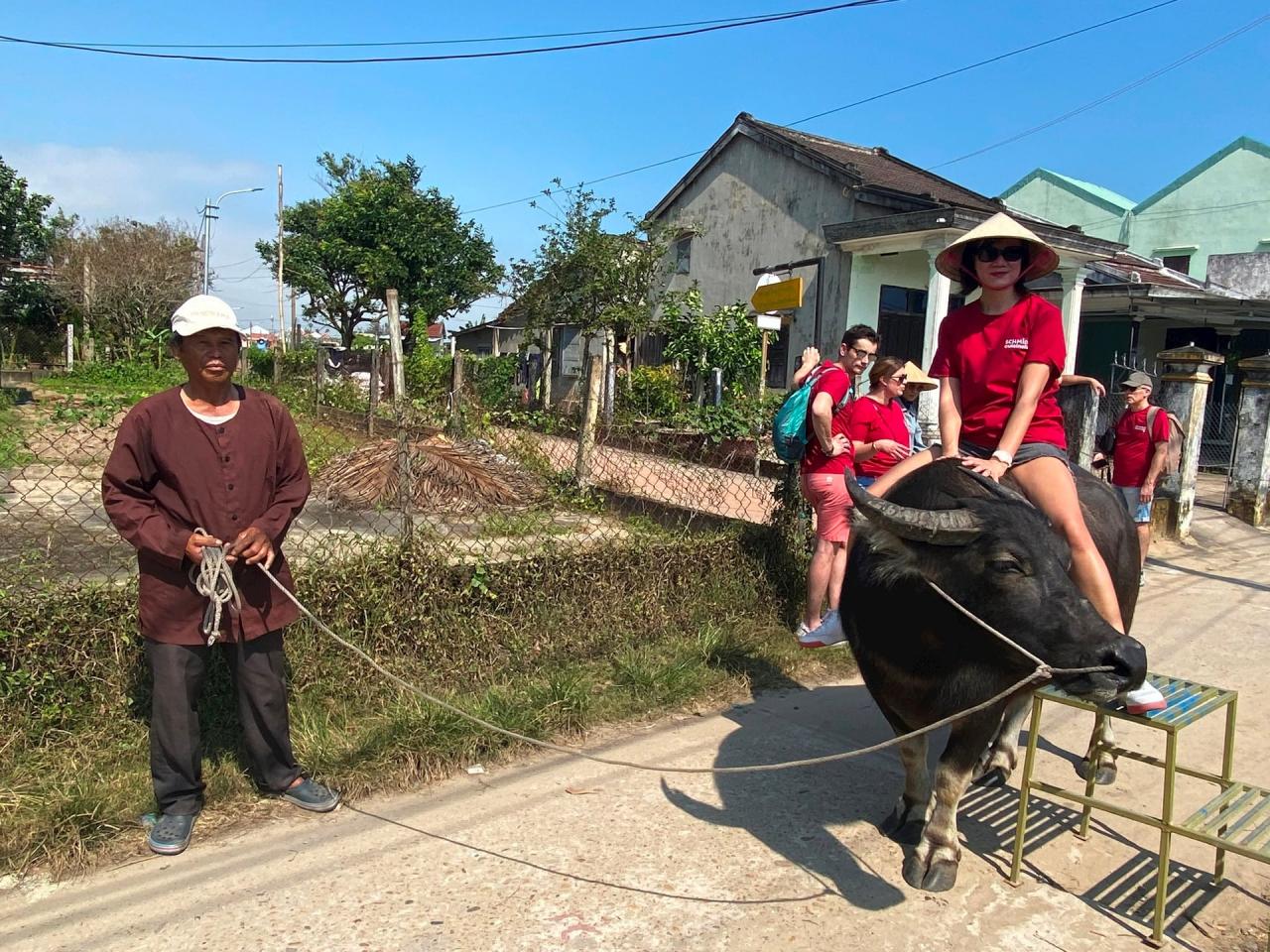
In recent years, developing rural tourism associated with new rural construction has been considered a suitable and highly interactive direction. Taking advantage of investment resources in infrastructure, improving the environment and landscape brings a new look to the villages. On the contrary, through providing services of food, accommodation, living, production labor to serve customers, rural tourism contributes to promoting effective consumption of agricultural products, improving the quality of life, creating livelihoods and income for the community, making an important contribution to the process of building modern and sustainable rural areas.
Resolution 82 of the Government affirms the importance of rural tourism in building new rural areas. In Quang Nam, to implement the rural tourism development program associated with building new rural areas, the locality sets a target that by 2025, each district, town and city with potential and strengths in developing agricultural and rural tourism will build at least 1 community tourism service product and tourist destination; at the same time, strive to have at least 50% of these products recognized as meeting OCOP standards of 3 stars or higher.
Creating a boost for rural tourism
Developing rural tourism associated with promoting the potential and advantages of agriculture and craft villages, aiming to improve the quality of material and spiritual life of people, contributing to the transformation of the rural economic structure in a sustainable direction is the goal that many localities are aiming for.
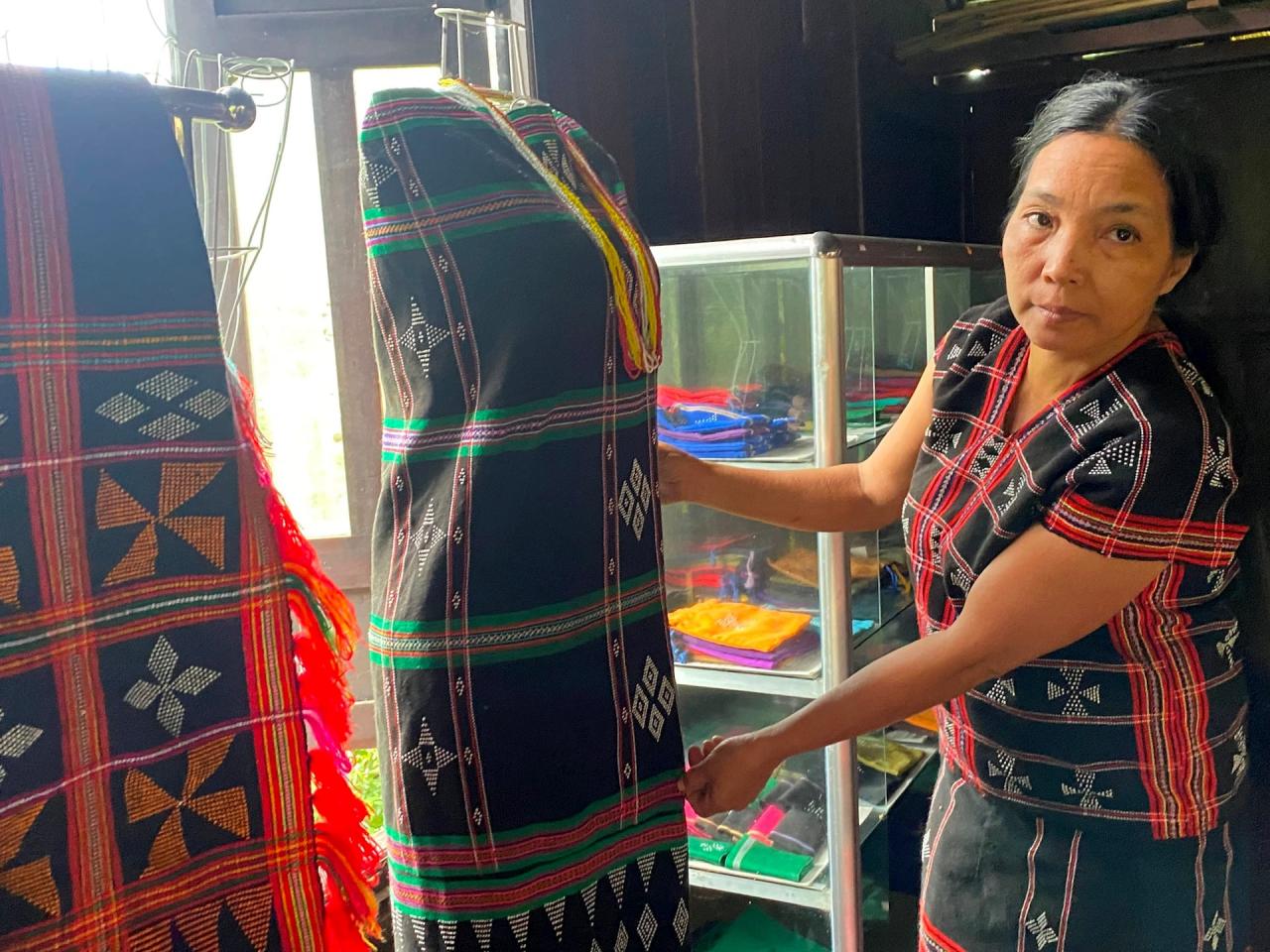
Mr. Duong Duc Lin - Vice Chairman of Tien Phuoc District People's Committee acknowledged that if the goals of rural tourism development are achieved, the results will be very practical, especially in the consumption of agricultural products and OCOP products.
“Tien Phuoc has many agricultural products, craft villages, OCOP products, especially pepper and cinnamon brands… through investment in new rural infrastructure and rural tourism development, it will help local products access the market better” – Mr. Lin shared. In fact, many craft village products and local OCOP products have been “exported on the spot” through rural tourism activities. For example, at Zara tourist village (Nam Giang), most of the brocade weaving products here are sold to customers through tourism activities.
According to the Department of Culture, Sports and Tourism, in recent times, in addition to coordinating with departments and branches in the province to issue documents related to investment and planning of rural tourism, the department has also coordinated with the New Rural Coordination Office to arrange funding for infrastructure investment and technical support for rural tourism spots. In 2023 and 2024 alone, the Department of Culture, Sports and Tourism has proposed to support the implementation of 14 agricultural tourism models in localities, with a total of nearly 19 billion VND.
“Community tourism associated with new rural construction in the province is gradually developing in accordance with the province's orientation and planning, initially effective, helping to create jobs, improve livelihoods, enhance the quality of material and spiritual life for people; promote economic restructuring, increase labor productivity in rural areas; contribute to preserving and promoting traditional cultural values of rural areas" - representative of the Department of Culture, Sports and Tourism said.
DIFFICULTIES OF STARTING A RURAL TOURISM BUSINESS
Quite a few "start-ups" choose to start a business in the field of rural tourism, even though Quang Nam possesses a lot of potential in terms of landscape, ecology, countryside...
Quiet
At the end of 2019, Mr. Nguyen Phong Loi (Dien Phong commune, Dien Ban) and his friends contributed capital to establish Cam Phu Community Tourism Group to develop local tourism. By mid-2020, with the support and cooperation of a travel agency, Cam Phu Community Tourism Village was born.
However, the COVID-19 pandemic appeared, the lack of customers caused poor business performance, the tourism model operated at a standstill. At the end of 2023, Mr. Loi decided to withdraw from the project.
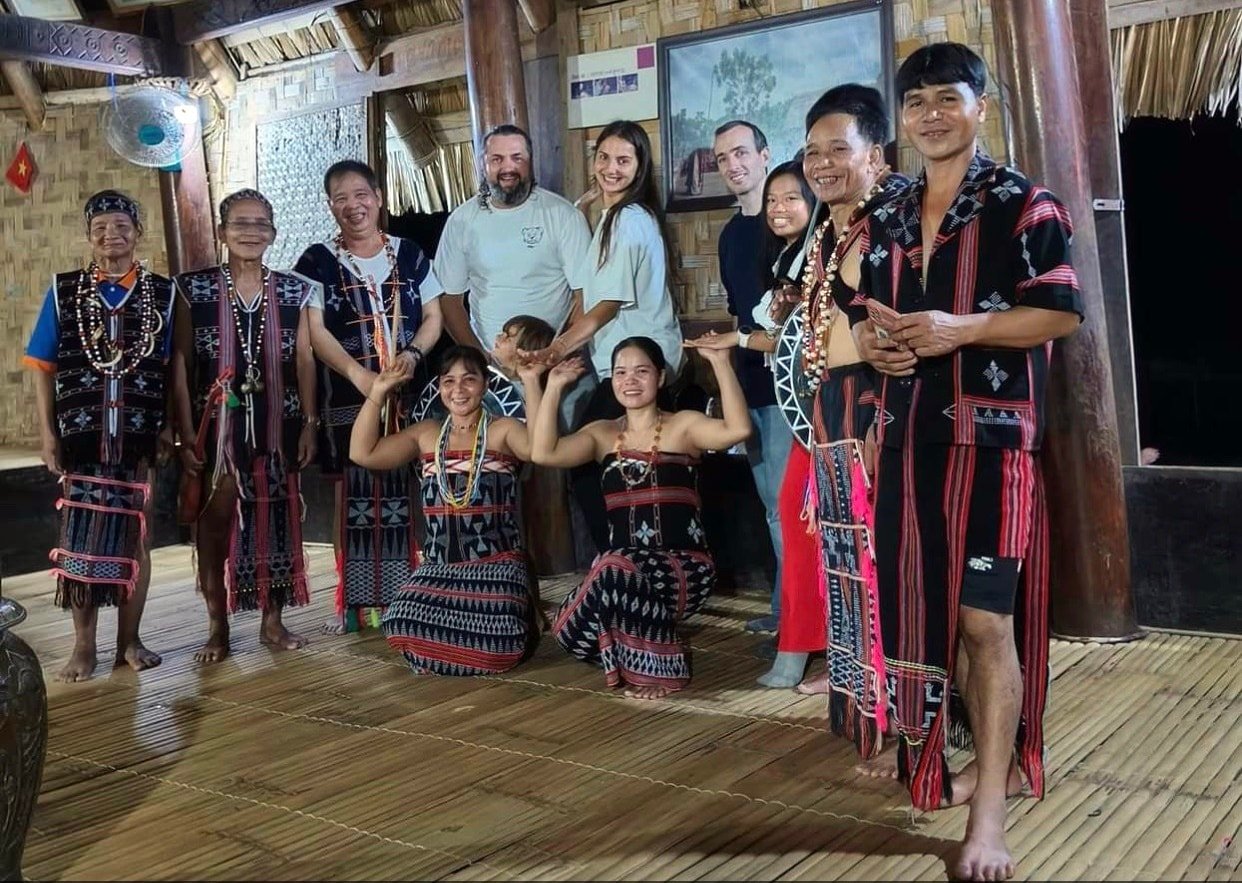
“When I started my tourism business, I thought I would exploit and take advantage of the local advantages and beautiful landscapes, but then the COVID-19 pandemic appeared, there were no guests, while I still had to spend money on landscape care, renovation, and repair of reception buildings after each storm and flood season or on holidays... so I no longer had enough passion and ability to pursue my dream of starting a tourism business in my hometown,” Mr. Loi shared.
Possessing two world cultural heritages and many landscapes, rural ecology, especially located near the tourist center of Da Nang, Quang Nam is considered a fertile land for rural tourism start-ups. But the reality is not simple. Mr. Nguyen Phong Loi said that the advantage of being close to the tourist center also brings challenges to rural tourism start-up models.
“In Hoi An, there are almost all types of tourism products that tourists can easily choose from, so they only go to rural tourist destinations outside if they have time. Besides, infrastructure, narrow traffic, and limited destination connections make it difficult to attract tourists to experience rural tourism models and projects,” Mr. Loi further analyzed.
More than 10 years ago, along with the emergence of community tourism villages, many projects and models of rural tourism startups also appeared in the province. Some cooperatives, food and beverage establishments, and experiences of rural ecological landscapes were formed by the local community, contributing to the opening of initial startup models.
Most of the models are small-scale, with weak management capacity, and products with little creativity or no distinctive value. Not to mention, the models exploit available resources such as cuisine, landscapes, and craft products without any processing to enhance the value of services, leading to low efficiency in exploiting the potential of rural tourism and few visitors. As a result, many models go bankrupt and give up, leading to the rural tourism startup movement also becoming quiet.
“Barriers” from digital technology
A survey of some rural startup models in the province shows that, in addition to investment capital and finding customer markets, the application of digital technology in promotion and connecting markets and partners is very important. However, this is also the "barrier" that makes startup models difficult and unsustainable.
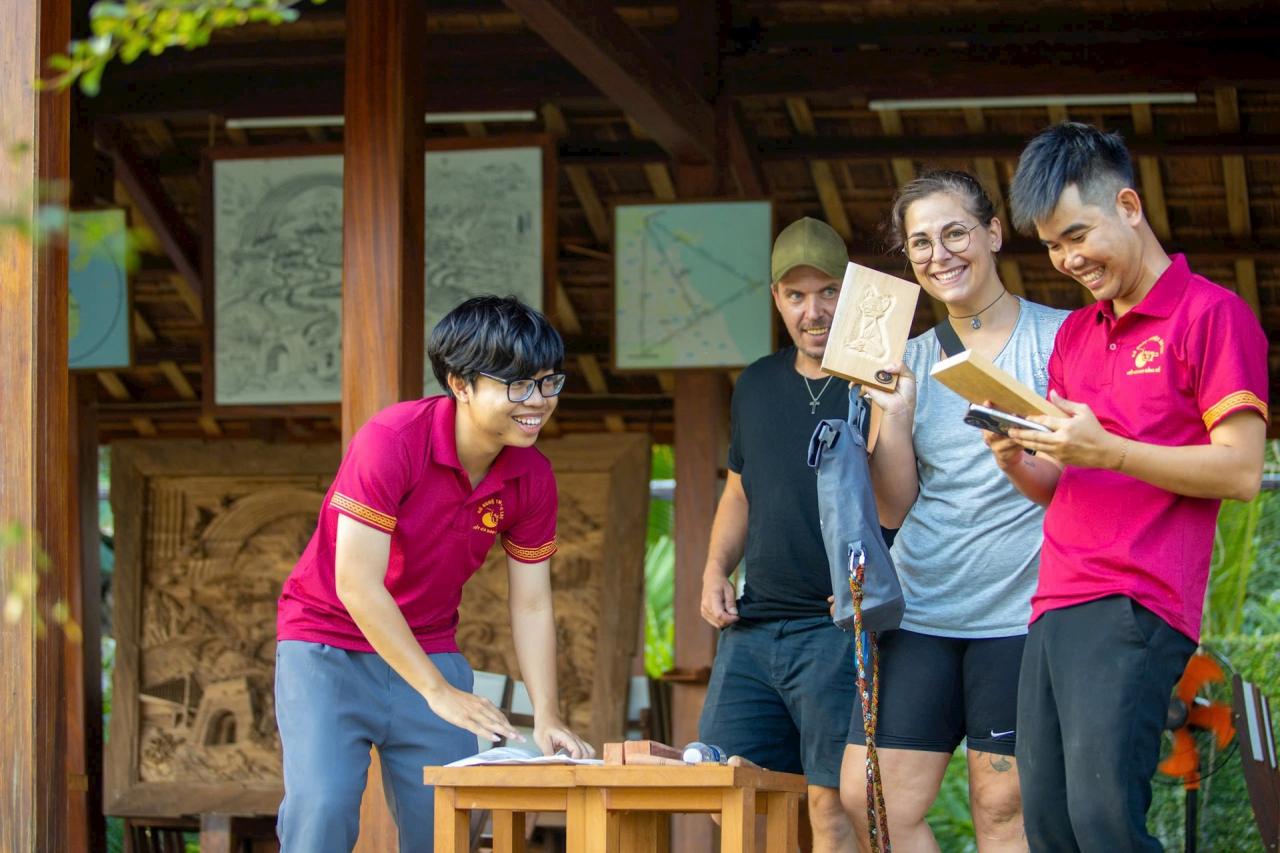
According to Ms. Dinh Thi Thin - operator of Cotu CBT Tours (Song Kon commune, Dong Giang district), the issue that startups are most concerned about is capital. In early 2023, Ms. Thin invested 500 million VND to build a new homestay to welcome tourists, most of which was borrowed from relatives, because the bank only lends a maximum of 100 million VND.
“Starting a rural tourism business is extremely difficult, especially in mountainous areas. In addition to capital, cooperation from the people, and support from local authorities, we also need the attention and support of the tourism industry in orienting the market… Not to mention, applying technology to promote and connect customers in mountainous areas is not simple and it is difficult for a start-up to do it alone,” Ms. Thin explained.
Currently, the promotion and market connection of start-ups are mainly carried out on some social networking platforms. Mr. Tran Thu - Director of Au Lac Artistic Wood Company Limited (the unit managing the Au Lac cultural tourism site) acknowledged that the technology factor is extremely important for tourism start-up models. At the Au Lac cultural tourism site, most transactions and customer connections are carried out by the unit through digital technology platforms such as websites, fanpages, Youtube... and linked with some tourism sites to attract international tourists.
“The Au Lac cultural tourism destination has advantages because it possesses the foundations of space, landscape, vocational infrastructure, especially the YouTube golden button... so the implementation of the project model is relatively favorable, the number of visitors is constantly increasing. I think, for the rural tourism startup model to develop sustainably, in addition to factors of capital, space, landscape, foreign language skills... the technology factor is indispensable, especially the core value of the product" - Mr. Thu analyzed.
Content: QUOC TUAN - HA SAU - KHANH LINH VINH LOC
Presented by: MINH TAO
Source: https://baoquangnam.vn/du-lich-nong-thon-lam-gi-de-giu-chan-du-khach-3144030.html




![[Photo] General Secretary To Lam attends the 8th Congress of the Central Public Security Party Committee](https://vphoto.vietnam.vn/thumb/1200x675/vietnam/resource/IMAGE/2025/10/4/79fadf490f674dc483794f2d955f6045)
![[Photo] Solemn opening of the 8th Congress of the Central Public Security Party Committee, term 2025-2030](https://vphoto.vietnam.vn/thumb/1200x675/vietnam/resource/IMAGE/2025/10/4/f3b00fb779f44979809441a4dac5c7df)
![[Photo] Bustling Mid-Autumn Festival at the Museum of Ethnology](https://vphoto.vietnam.vn/thumb/1200x675/vietnam/resource/IMAGE/2025/10/4/da8d5927734d4ca58e3eced14bc435a3)

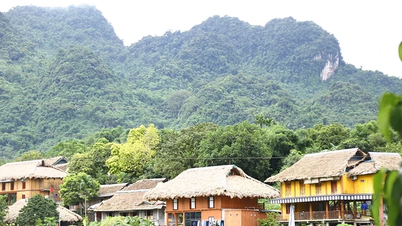

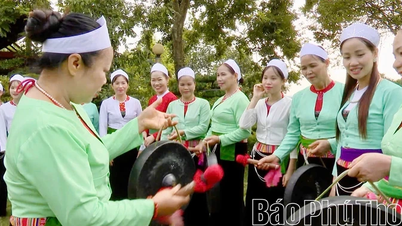
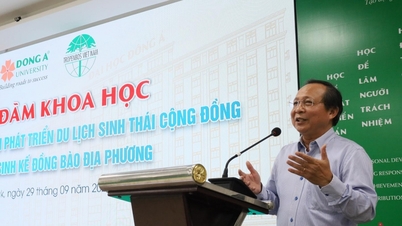







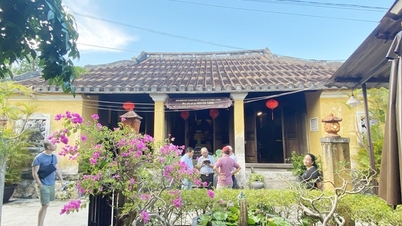


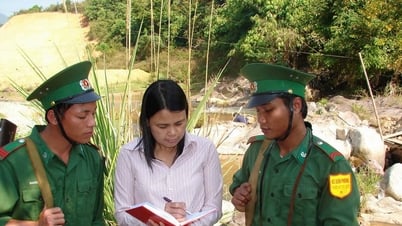
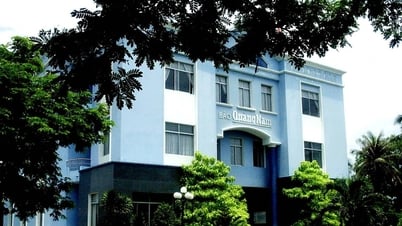
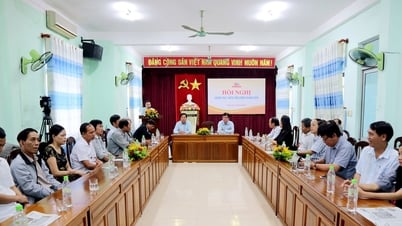





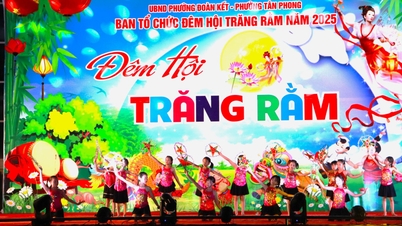

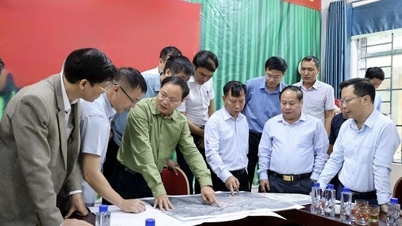

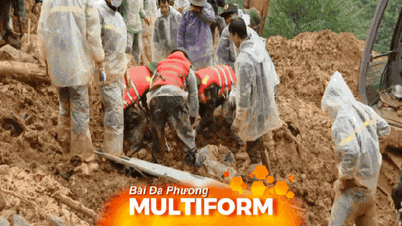
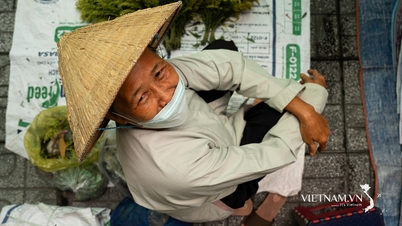

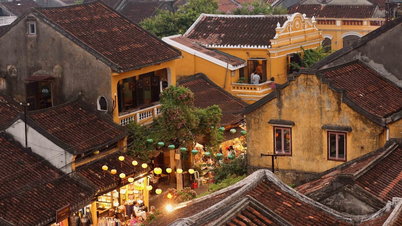

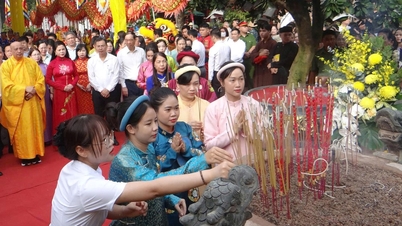



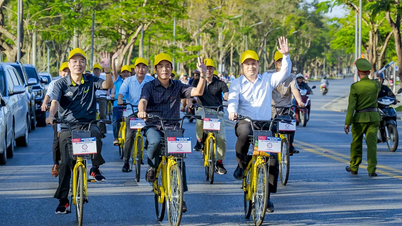

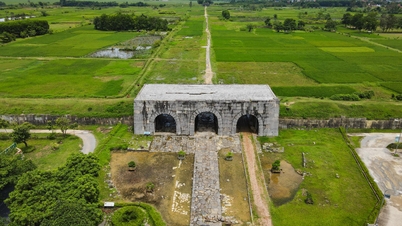

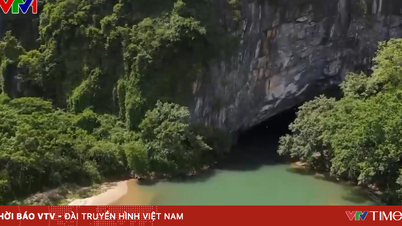




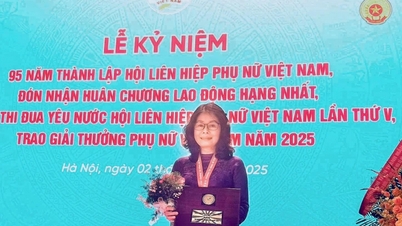

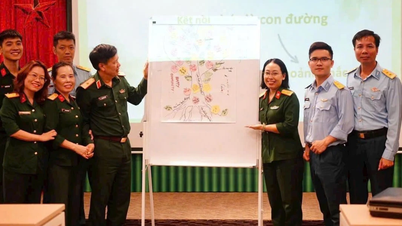




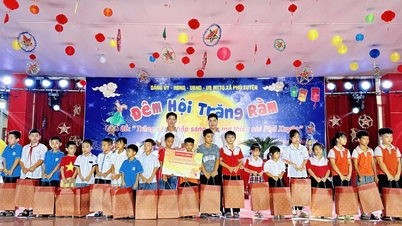

![[VIDEO] Summary of Petrovietnam's 50th Anniversary Ceremony](https://vphoto.vietnam.vn/thumb/402x226/vietnam/resource/IMAGE/2025/10/4/abe133bdb8114793a16d4fe3e5bd0f12)
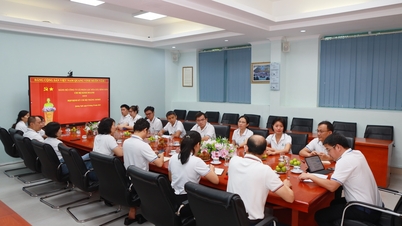
![[VIDEO] GENERAL SECRETARY TO LAM AWARDS PETROVIETNAM 8 GOLDEN WORDS: "PIONEER - EXCELLENT - SUSTAINABLE - GLOBAL"](https://vphoto.vietnam.vn/thumb/402x226/vietnam/resource/IMAGE/2025/7/23/c2fdb48863e846cfa9fb8e6ea9cf44e7)


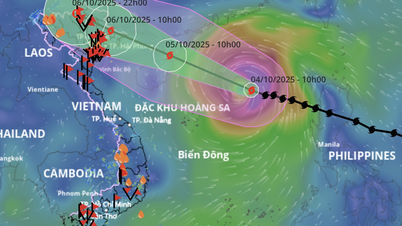



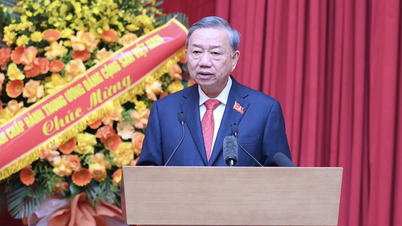


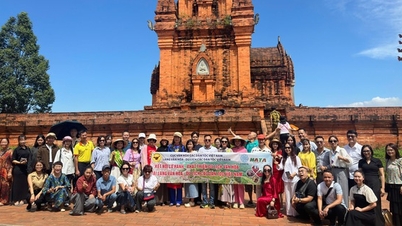
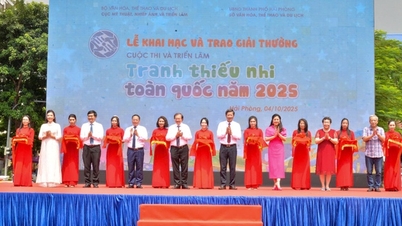
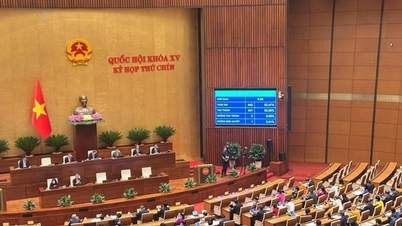





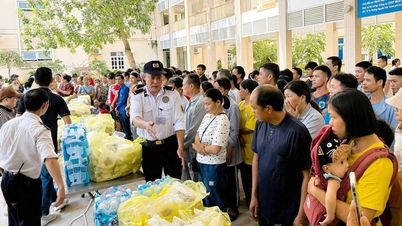

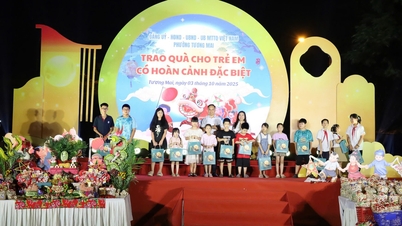
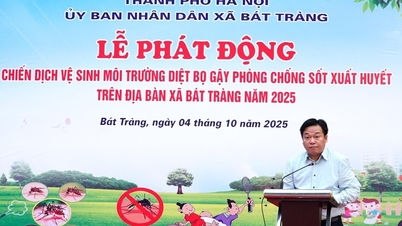











Comment (0)